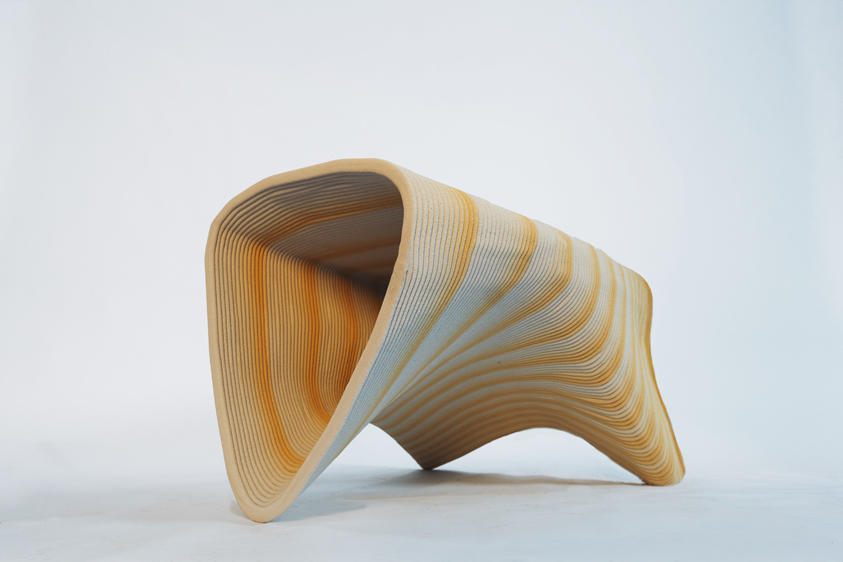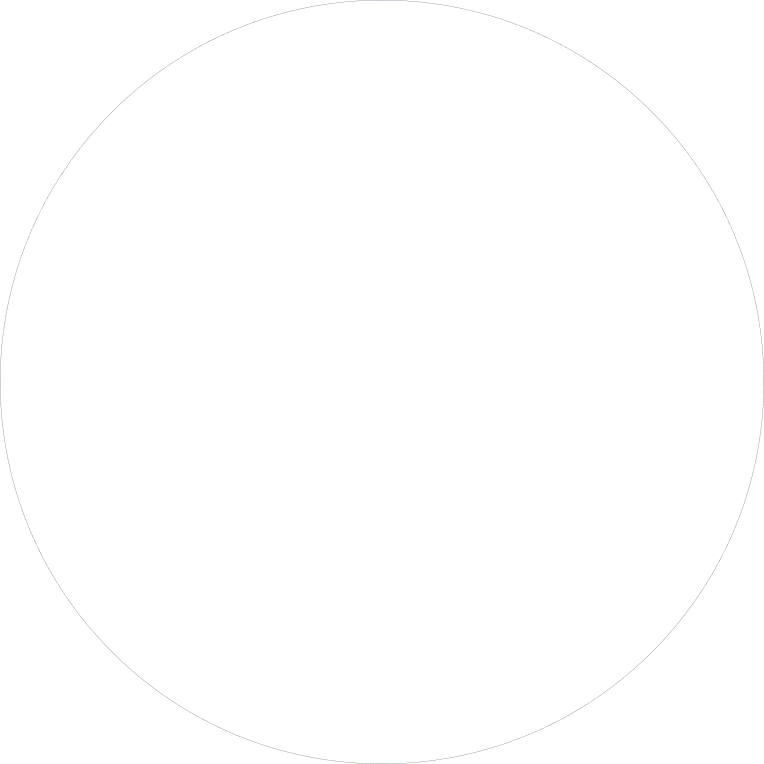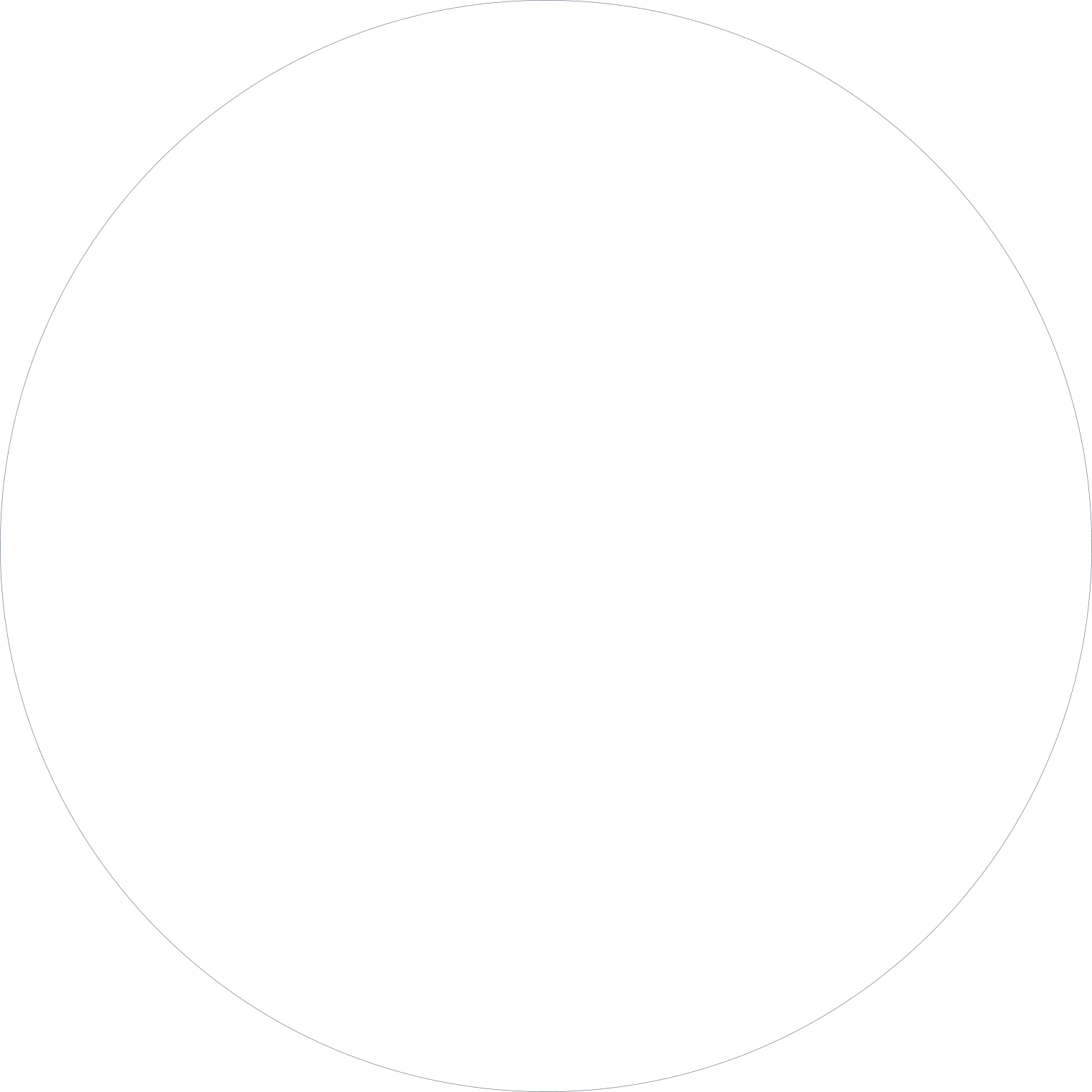In 2025, the winning team is the Responsive Ground Research Lab from Gebze Technical University and Isik University, led by Assoc. Prof. Dr. Fitnat Cimşit Koş. Their proposed project, Water-Ground Structures, explores how ecological systems and digital fabrication can inform one another through hybrid material assemblies and layered, bio-receptive geometries.
.jpg)
Project: Water-Ground Structures
Water-Ground Structures investigates how sedimentation patterns, water movement, and ecological growth can inspire new approaches to construction. The project proposes layered, adaptive forms with:
- bio-receptive surfaces
- water-holding pockets
- habitats for underwater species
- textures supporting plant growth
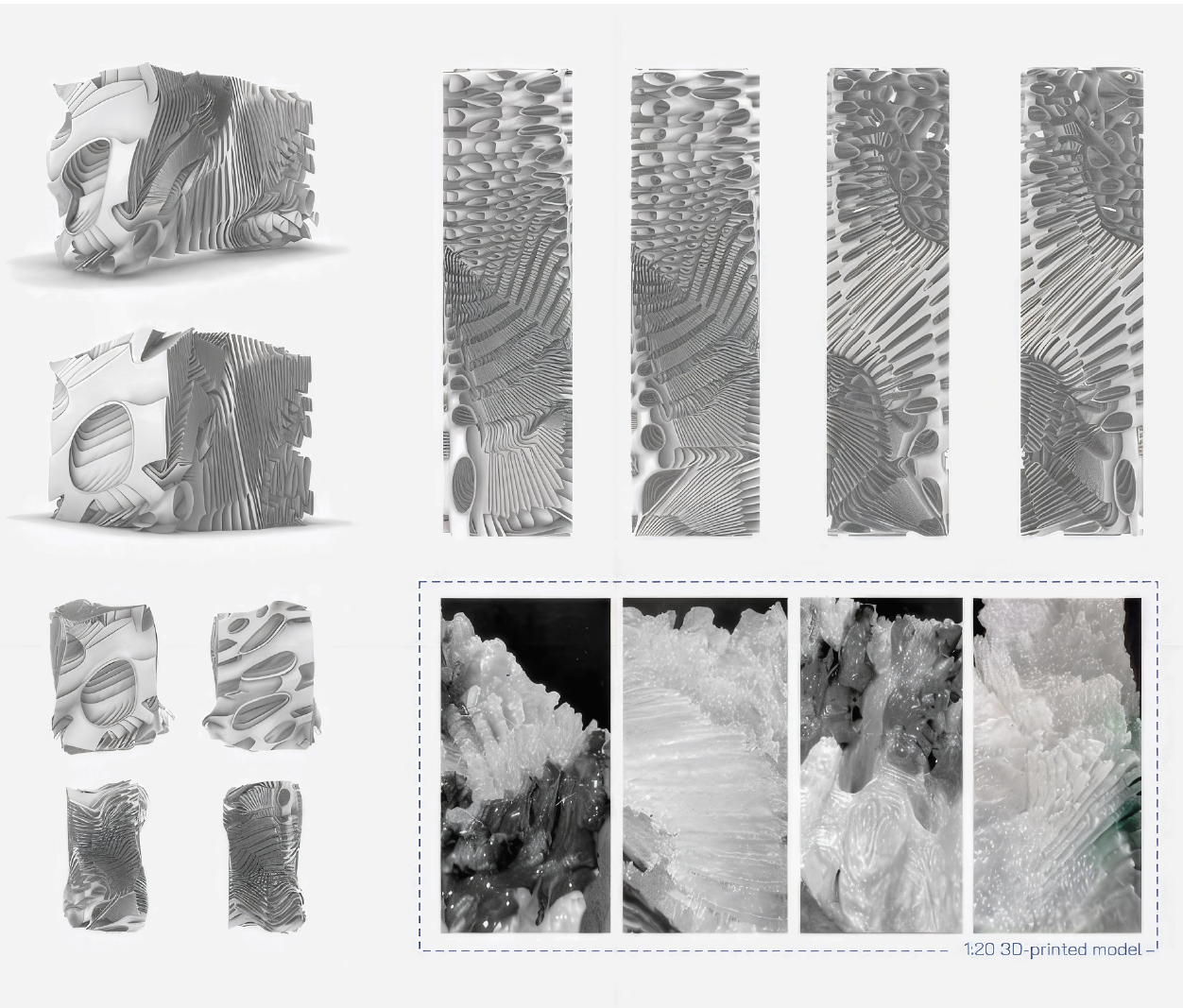
Concrete Printing Phase
During the residency, the team produces the main structural element in concrete, forming the primary geometry of the prototype. This structure serves as the base for further material experimentation.
Clay Insert Phase
After printing, the object is 3D scanned to capture its exact geometry.
This scan is then used to design and fabricate custom clay inserts that fit into the printed structure. These inserts enhance ecological performance through porosity, water retention and biological receptivity.
Together, the concrete base and the clay components form a hybrid assembly that bridges robotics, material behavior and environmental systems.
Residency Structure
The Greenfield Residency is organized as an intensive five-day fabrication program, guiding participants from concept to large-scale production.
Day 1 – Welcome Lecture and Slicer Introduction
Participants receive an introduction to 3D concrete printing and Vertico’s workflow.
The session covers design principles for fabrication, geometric constraints and examples of previously realized projects.
Day 2 – Model Adaptation and Toolpath Preparation
With the guidance of Vertico designers, the team adapts its digital model to printing logic.
This is the moment when concepts evolve rapidly, as scale, material behavior and toolpath logic reshape the design.

Days 3–4 – Full-Scale Printing
The concrete structure is printed across two days.
The Vertico team provides tutorials and explanations on:
- preparing the robot for printing
- setting up the printhead and material workflow
- safety procedures
- cleaning and post-processing
.jpg)
Day 5 – Reflections and Final Presentation
Participants summarize insights, discuss challenges and present their printed prototype.
This concluding step consolidates the research and sets the stage for future development.
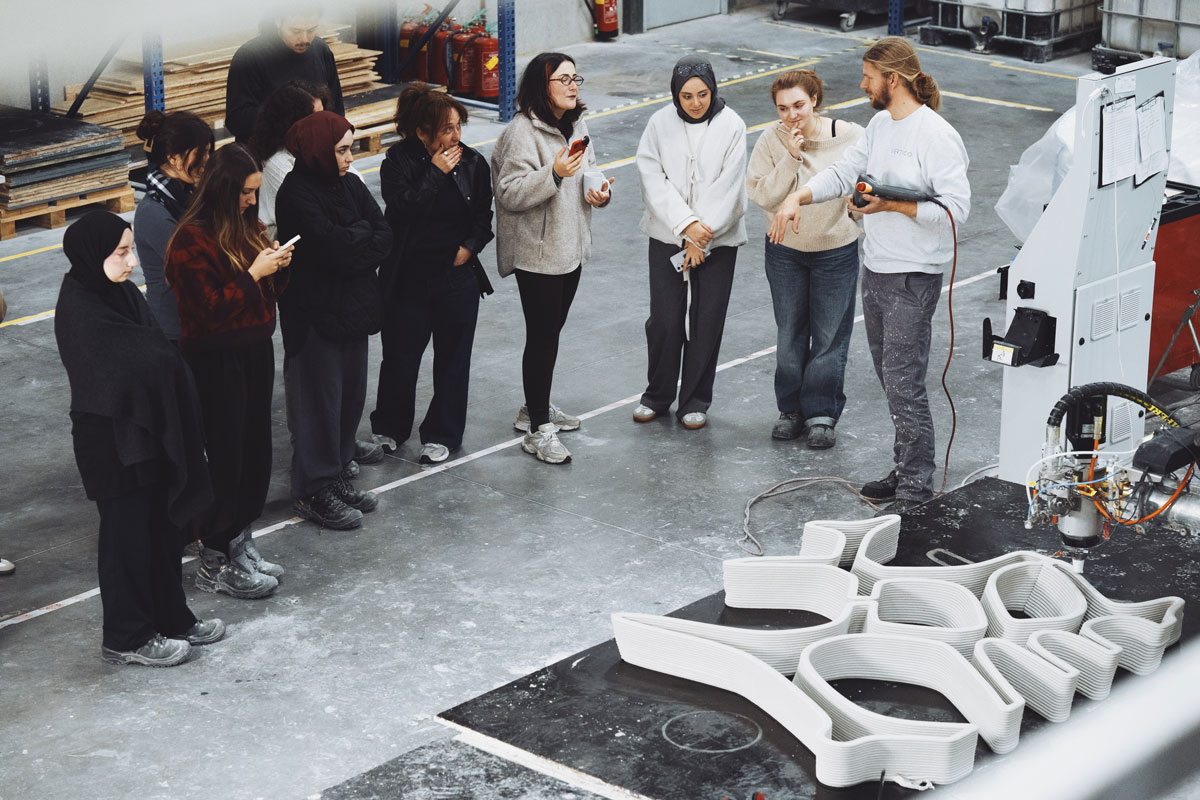
Educational Value
The Greenfield Residency gives students and faculty an opportunity rarely available at universities: direct access to industrial fabrication technologies.
Transforming a speculative design into a physical prototype is a critical step in architectural research. It:
- tests the feasibility of ideas
- reveals constraints and new opportunities
- deepens understanding of material behavior
- creates a measurable leap in the project’s development
The 2025 residency demonstrated how quickly ideas evolve when confronted with real-scale fabrication, robotics, and hands-on experimentation.
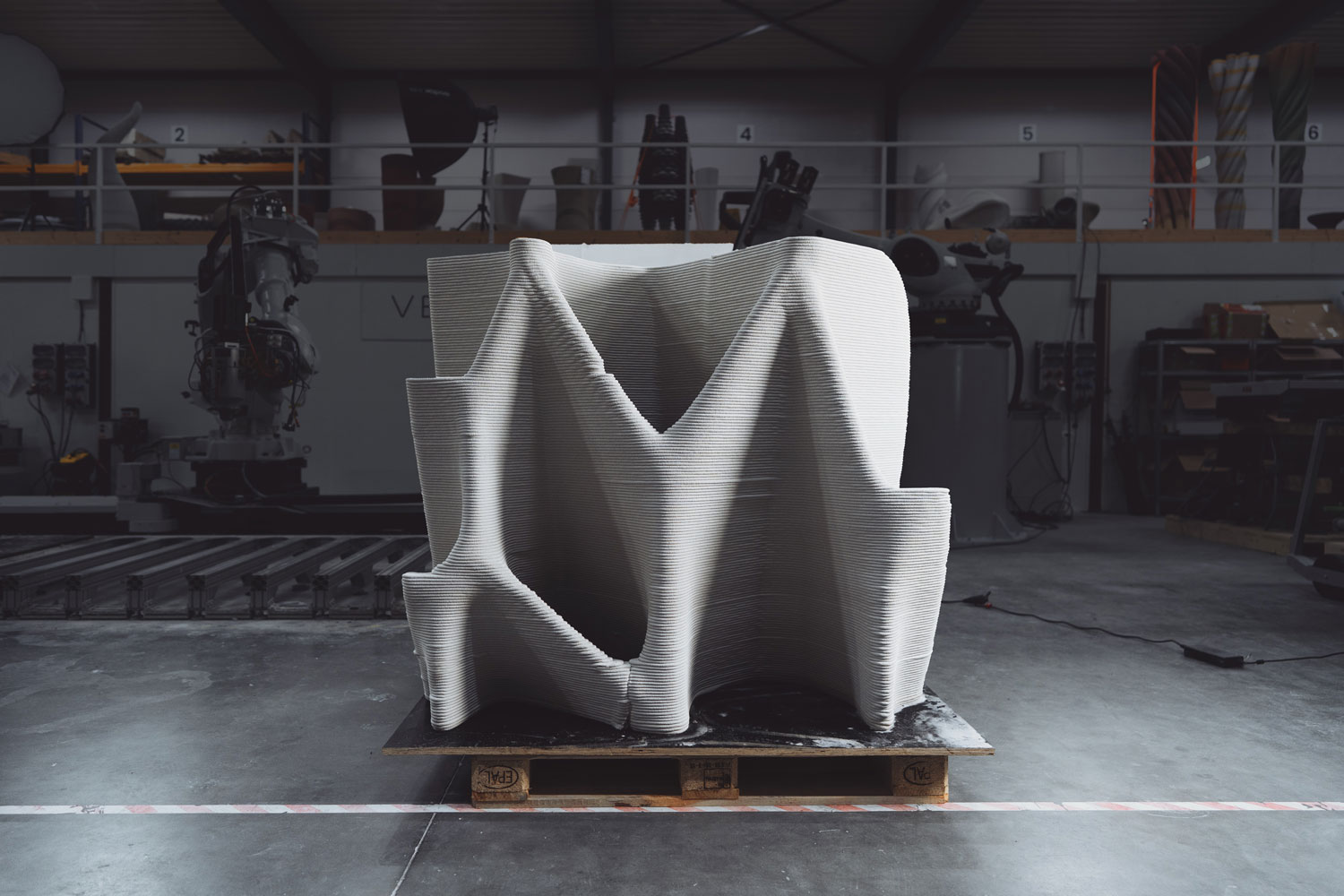
Project Team
Lead Researcher:
- Assoc. Prof. Dr. Fitnat Cimşit Koş
Researchers and Instructors:
- Betül Ozar
- Zehra Bilgiç
- Özgür Kavurmacioglu
- Ümit Barış Kutman (advisor)

Students:
Asiyenur Gür, Berfin Beril Eker, Betül Y., Boran Tan, Büşra Soyarslan, Duru Tekiner, Ebrar Sönmez, Ebru Nisa Karataş, Elanur Mevlude Ozgul, Eylül Aykutalp, Feridun Çanakcı, Hayal Karataş, Meliha Şeyma Kurt, Saliha Yerli, Sıla Terzioğlu, Tuğba Alptekin
Vertico Team Support:
Volker Ruitinga, Orestis Pavlidis, JoePaul Luikart, Victoria Fedorova, Jun Woo Lee, Tom Younger
%402x.svg)




.jpg)
.jpg)

